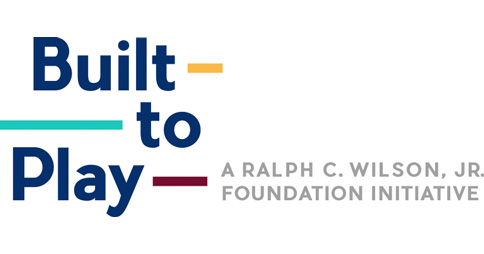A few minutes with: Trevor Staples, Tony Hawk Foundation
Learn More About Our Initiatives
In addition to supporting our children and youth, the Ralph C. Wilson, Jr. Foundation also works to improve the lives of young adults, working families and caregivers while contributing to stronger, more sustainable communities. Sign up to be added to our email list.
